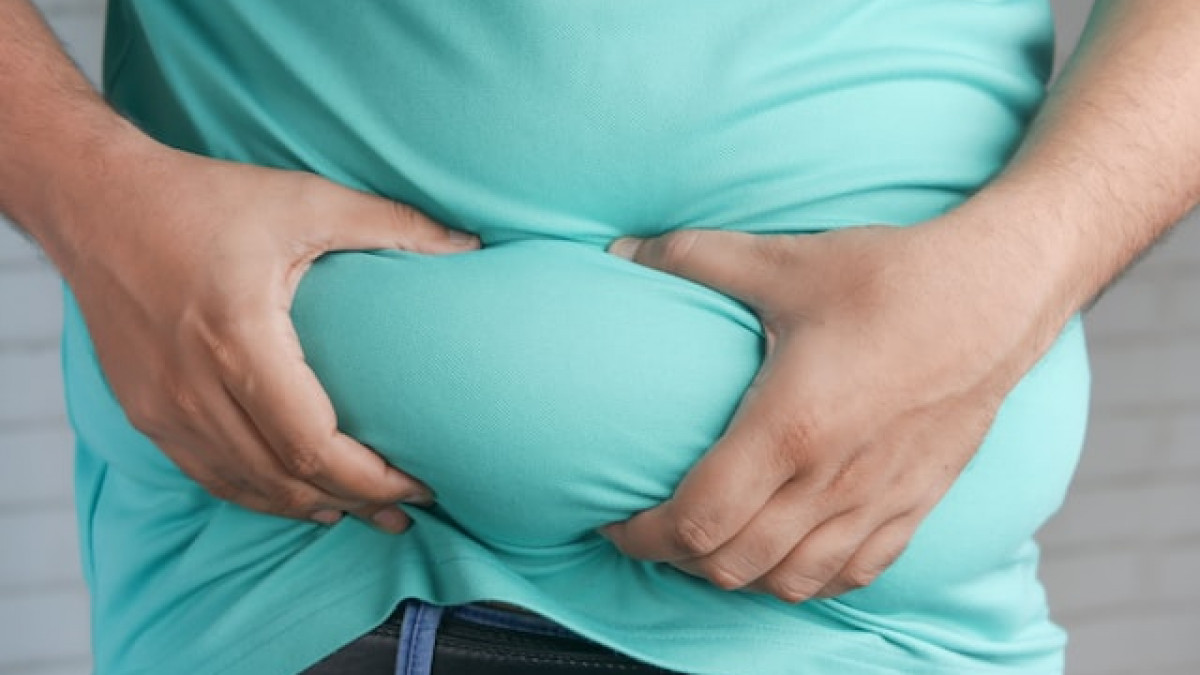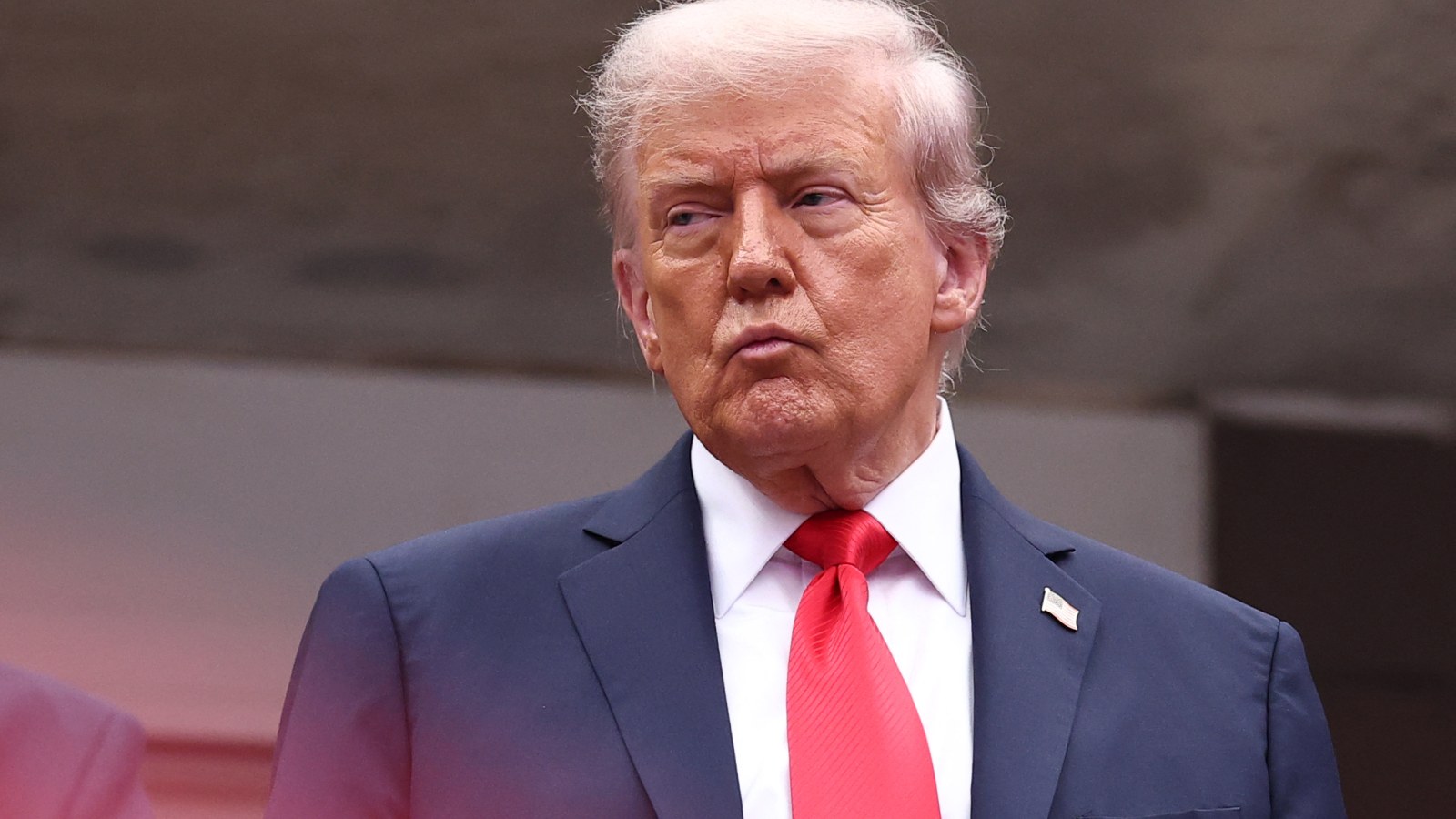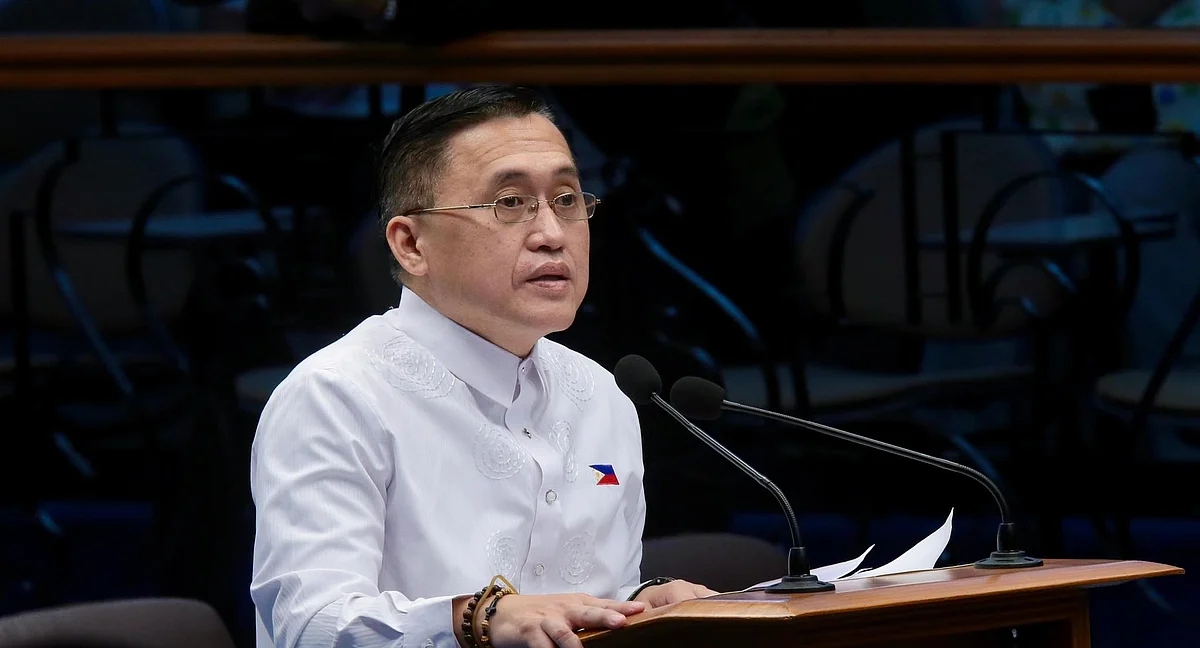By Bureau,Poonam Singh
Copyright odishatv

Experts from UNICEF India on Thursday highlighted that the country is witnessing a sharp rise in obesity across all age groups due to factors including sedentary lifestyle and a high consumption of ultra-processed foods.
According to UNICEFs Child Nutrition Global Report 2025 released on Thursday obesity has for the first time surpassed underweight globally as the most common form of malnutrition among school-aged children and adolescents.
At a UNICEF organised national media round-table on healthy diets held here experts warned that combined with increased screen time low physical activity and rising consumption of ultra processed foods UPFs and sugary drinks and an increasing exposure of children and adolescents to an unhealthy food environment.
The experts said India is witnessing a sharp rise in overweight and obesity across all age groups — from young children to adults.
One in ten children worldwide nearly 188 million now live with obesity they said adding that once considered a condition of affluence obesity is spreading rapidly in low and middle-income countries including India.
Countries in South Asia had the lowest prevalence of overweight in 2000 but by 2022 the prevalence increased almost fivefold among children and teenagers aged 5-19.
In India the National Family Health Survey NFHS data shows a sharp surge in overweight and obesity among under-five children with prevalence rising by 127 per cent from 1.5 per cent to 3.4 per cent between NFHS-3 in 2005-06 and NFHS-5 in 2019-21.
Among adolescents overweight and obesity increased by 125 per cent in girls 2.4 per cent to 5.4 per cent and a striking 288 per cent in boys 1.7 per cent to 6.6 per cent.
In adults obesity rose by 91 per cent among women 12.6 per cent to 24.0 per cent and 146 per cent among men 9.3 per cent to 22.9 per cent pointing to a nationwide health crisis.
By 2030 India is expected to be home to over 27 million children and adolescents 5-19 years living with obesity accounting for 11 per cent of the global burden according to experts.
The Indian Economic Survey 2024-25 highlighted the role of UPFs in this epidemic. UPF consumption surged from USD 900 million in 2006 to USD 37.9 billion in 2019 growing at over 33 per cent annually.
Between 2011 and 2021 retail sales of UPFs grew at a compound annual growth rate of 13.7 per cent.
The experts said that these foods — high in fat sugar and salt — are increasingly replacing fruits vegetables and traditional diets while aggressive marketing campaigns and their easy availability are shaping food choices.
The Child Nutrition Report points to early life factors contributing to rising obesity including inadequate maternal nutrition insufficient breast-feeding and poor childhood dietary practices.
Social and gender norms also play a role with adolescent girls and women often eating least and last.
UNICEFs global U-Report poll found that over two-thirds of young people are exposed to unhealthy food marketing with 75 per cent seeing advertisements mostly on social media for sugary drinks fast food or snacks in the week prior to the poll.
quotWith this high level of media exposure and easy access to unhealthy food India is also following the same global trend with rapid rise in children and adolescents with overweight and obesityquot said Marie-Claude Desilets Chief Nutrition at UNICEF India.
quotThe country is beginning to face the triple burden of malnutrition stunting and wasting micronutrient deficiencies and obesity often coexisting in the same family or even the same personquot she said.
Desilets said that India has a unique opportunity to act now to prevent children from obesity.
The economic costs are equally alarming. The World Obesity Federation estimated obesity-related costs at nearly USD 29 billion in 2019 or 1 per cent of Indias GDP.
By 2060 this figure is projected to reach USD 839 billion quot2.5 per cent of GDPquot unless urgent measures are taken. Poor diets are now the leading contributor to Indias disease burden accounting for 56 per cent according to ICMR-National Institute of Nutrition 2024.
Dr. William Joe Assistant Professor at Delhis Institute of Economic Growth noted that once established in childhood or adolescence obesity is extremely difficult to reverse and often persists into adulthood leading to diabetes cardiovascular disease hypertension and some cancers.
quotThe economic and psychological impacts are severe from draining household savings to stigma and low self-esteemquot he added.
The government has launched several initiatives to address the challenge including the Fit India Movement Eat Right India campaign POSHAN Abhiyaan 2.0 and school-based health and wellness programmes.
Measures such as guidance to reduce sugar and oil intake in schools and offices along with trans-fat regulations have also been introduced.
India has been acknowledged as the first lower-middle-income country to adopt WHOs best-practice policy to limit trans-fat while promoting healthier diets through quotEat Rightquot schools.
Experts and partners including the Lets Fix Our Food LFOF consortium led by ICMR-NIN and UNICEF have recommended policies such as health taxes on high-fat sugar and salt foods along with front-of-pack nutrition labelling restrictions on junk food marketing double-duty actions in public-funded programmes and improved nutrition literacy among children and youth.
quotMalnutrition today is no longer only about undernutrition the rapid rise of obesity fuelled by unhealthy foods and beverages is driving non-communicable diseases even among children and young peoplequot said Arjan De Wagt UNICEF Indias Deputy Representative for programmes.
With PTI Inputs



